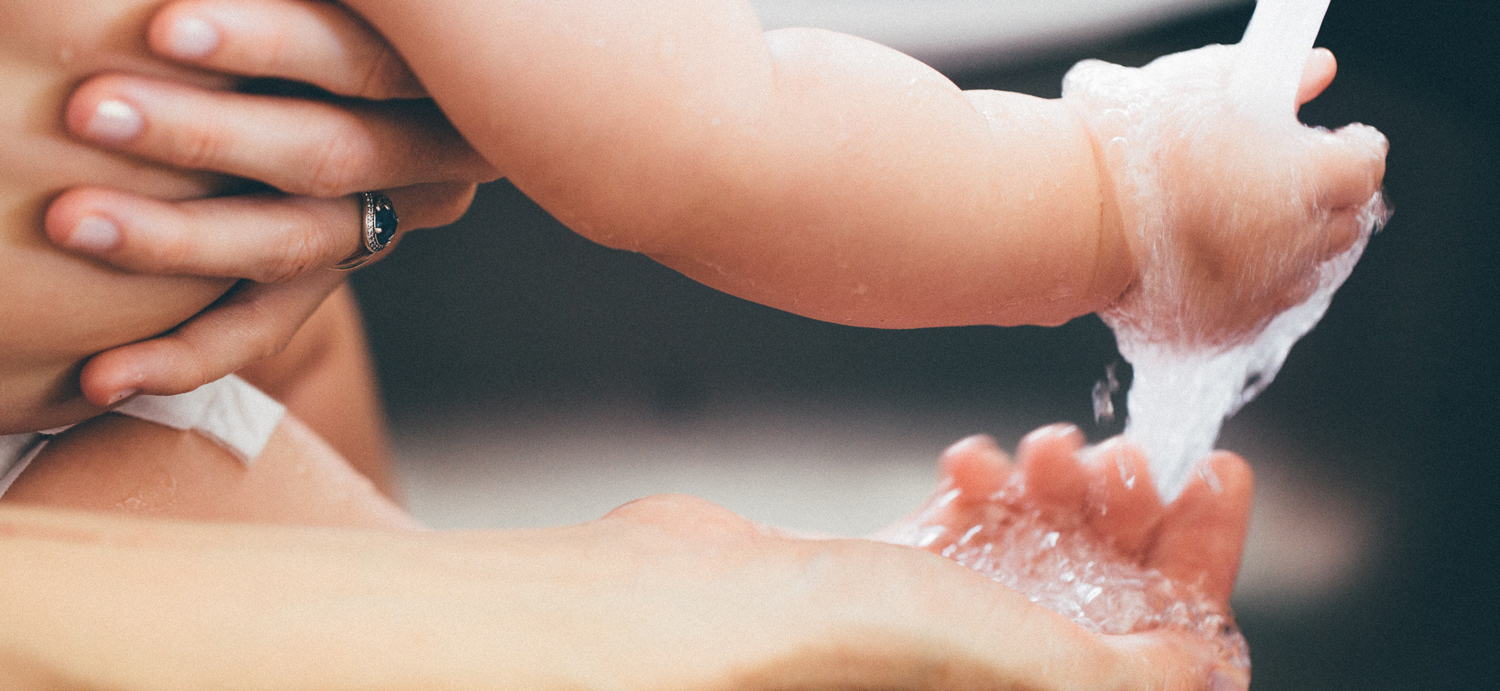
Disinfecting vs. Cleaning
Cleaning and disinfecting are part of a broad approach to preventing infectious diseases in schools and facilities. But there is a big difference between the two. Below are tips on how to slow the spread of disease and bacteria, specifically through cleaning and disinfecting.
1. Know the Difference Between Cleaning, Disinfecting, and Sanitizing
Cleaning removes germs, dirt, and impurities from surfaces or objects. Cleaning works by using soap (or detergent) and water to physically remove germs from surfaces. This process does not necessarily kill germs, but by removing them, it lowers their numbers and the risk of spreading infection.
Disinfecting kills germs on surfaces or objects. Disinfecting works by using chemicals to kill germs on surfaces or objects. This process does not necessarily clean dirty surfaces, but by killing germs on a surface after cleaning, it can further lower the risk of spreading infection. Disinfection is the only way to prevent germs from living and growing on surfaces.
Sanitizing lowers the number of germs on surfaces or objects to a safe level, as judged by public health standards or requirements. This process works by either cleaning or disinfecting surfaces or objects to lower the risk of spreading infection.
2. Clean and Disinfect Surfaces and Objects that are Touched Often
Follow your school or facility’s standard procedures for routine cleaning and disinfecting. Typically, this means daily sanitizing of surfaces and objects that are touched often, such as athletic equipment, desks, countertops, doorknobs, computer keyboards, hands-on learning items, faucet handles, phones, and toys. Standard procedures often call for disinfecting specific areas of the school, such as bathrooms.
3. Simply Do Routine Cleaning and Disinfecting
It is important to match your cleaning and disinfecting activities to the types of germs you want to remove or kill.
Most studies have shown that the flu virus can live and potentially infect a person for up to 48 hours after being deposited on a surface.
Establishing and following a protocol is crucial to effectively combating bacteria and viruses.
Flu viruses, for example, are relatively fragile, so standard cleaning and disinfecting practices are sufficient to remove or kill them. Establishing a standardized process towards disinfecting your space allows you to stay ahead of germs like these, and confidently reduce and more often prevent any potential issues.
Need Help Getting Started?
Let our comprehensive, on-site disinfecting service and support team start effectively protecting your facility and those within it.
4. Clean and Disinfect Correctly
Always follow label directions on cleaning products and disinfectants. Wash surfaces with a general household cleaner to remove germs. Rinse with water, and follow with an EPA-registered disinfectant to kill germs.
Disinfection usually requires the product to remain on the surface for a certain period of time. Many require multiple minutes to reach the advertised disinfecting rate.
Did You Know?
The contact time required for most disinfectants (such as Lysol) to reach 99.99% effectiveness is about 10 minutes! That means you should be spraying your surface, and patiently waiting to return and wipe it clean. Spraying and wiping with most products does not truly disinfect your surfaces.
